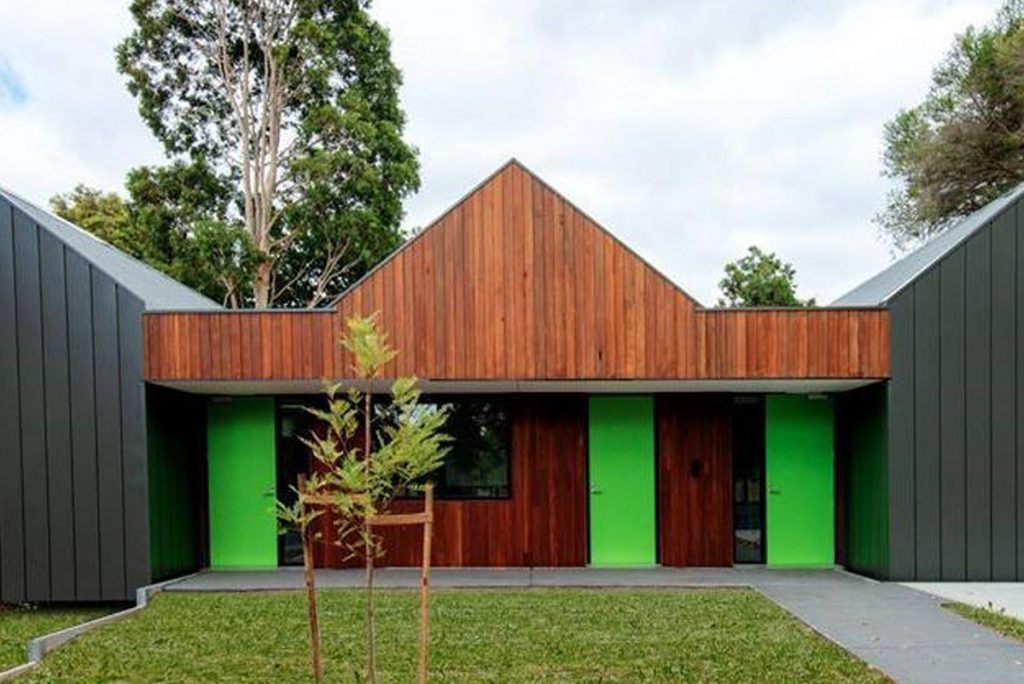

With the phrase ‘housing affordability’ acquiring increasing currency and urgency in recent years, the housing divide has never been greater.
It’s an imbalance for affordable housing that’s confronted daily in Australia, but according to Sensum, specialists in the design and delivery of MMC (modern methods of construction) buildings, implementing a clear strategy of quantitative and qualitative analysis of prefabricated housing will directly translate to improve affordability and quality of housing stock.
The Australian community is in urgent need of additional social and affordable housing. Australian Government forecasts suggest that once immigration and shift in population demographics stabilise post pandemic, demand for housing is expected to increase exponentially and will require an additional 178,000 properties per annum to meet demand.
Initiatives are being implemented to address this with the Victorian Government investing $5.2 billion directly into public and community housing to boost construction jobs in response to the pandemic. But there are broader industry concerns that commitment may not translate to affordable housing.
Key players in addressing affordability and availability of new dwellings are property developers, and there’s a clear need to demonstrate to the sector that by utilising MMC, affordable housing developments can retain their profitability but also address broader failings in the supply of affordable housing.
Efficient design paired with controlled construction techniques reduce costly delays and variations when compared with conventional build methods.
“Efficient building techniques can best be achieved by using logical, non-complex framing layouts,” explains Simon McCarthy – Sensum’s Principal Structural Engineer. “Adaptable room configurations, prefabricated frames and proprietary bathrooms can remove the costs associated with regular housing solutions.”
The benchmarking of building designs including repetition of building elements on various sites and multiple levels can deliver significant savings in construction cost. It’s an achievable solution to the shortage of construction in social and affordable housing.

The assembly of single or multi-storey buildings using MMC, pre-finished volumetric construction (PPVC) and a production-line approach, is successfully and increasingly being adopted in Europe, Japan, Singapore, and the U.S.
Interestingly, the UK Government sees MMC as a crucial plank in its commitment to increasing the supply of affordable housing and also achieving 2050 net-zero targets.
In 2020 a new taskforce was established by the housing ministry with £10m of “seed funding”, designed to “accelerate the delivery of MMC homes in the UK”.
Utilising MMC to supply affordable housing delivers the following benefits:
Three to four social and affordable housing developments on standard residential blocks can be completed in two years using MMC compared with one to two of the same buildings using conventional construction.
See: www.sensum.com.au
CLICK HERE to return to the home page for more articles.